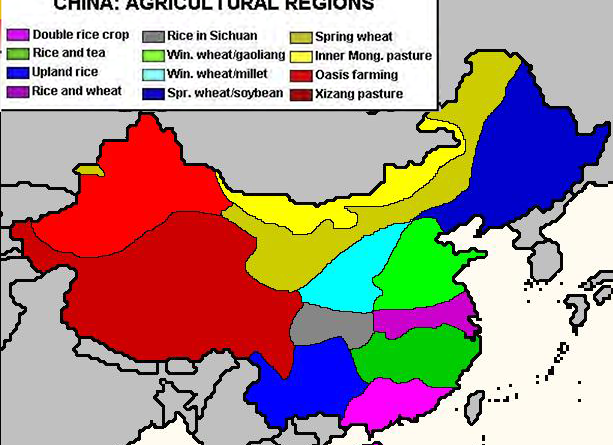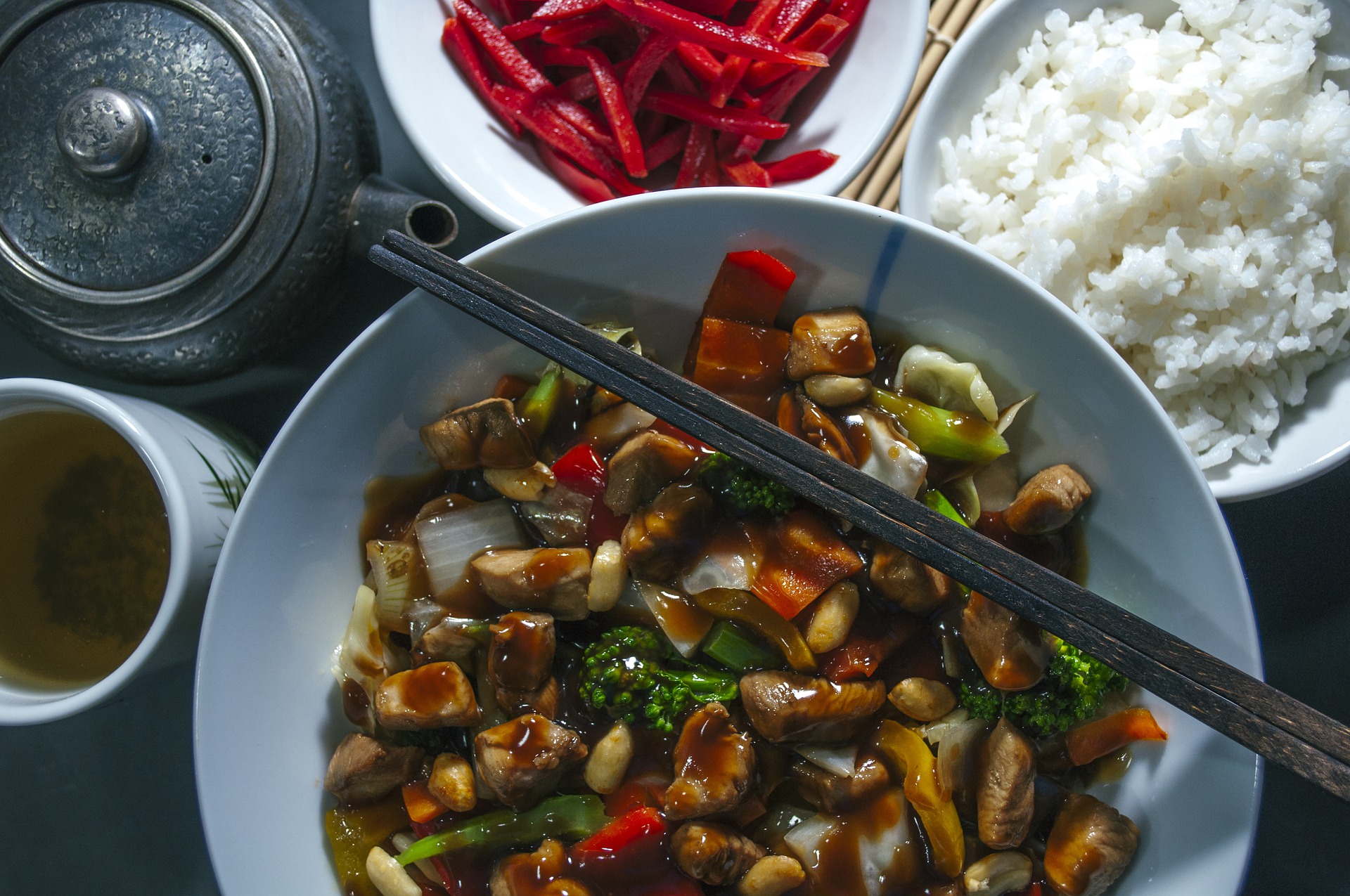Differences between national dietary habits in different regions of the world are due to many factors, such as population, productivity levels, environmental conditions, etc. Thus, most traditional meat dishes come from areas where the population density is relatively low and the soil does not need or is not suitable for agriculture to be maintained. Consumption of meat as the main product contributed to the development of trade and barter exchange.
For comparison, the consumption of products of plant origin (grain, roots, stems and leaves of plants) rather than meat is typical for regions with a large population, limited arable land and is a consequence of the mismatch between food demand and supply. With the beginning of the large-scale migration of people, food traditions that were inherent in a particular region were adopted and adopted by other peoples; thus, national cuisines acquired new elements. In the development of traditional Chinese cuisine, we can observe the imprints of the development of all mankind.
China is a region where agriculture was one of the first in the world. The Chinese invented irrigation systems quite early on, they also created canals and used slopes to irrigate arable land. Around 5400 BC. In the area of the Yellow River basin, they have already grown chumiza, and also used underground cellars for storing crops. By 4800 BC. areas along the Yangtze River were planted with rice. With the beginning of the era of agriculture in China, the tradition has taken root and has survived to this day, according to which meat is only an addition to the main food, which is grain crops.
In the ancient Chinese medical treatise “Huangdi Neijing” (1st century BC – 1st century AD, “The Treatise on the Inner Yellow Emperor” – the oldest work on Chinese medicine, is fundamental in the system of traditional Chinese medicine The book is written in the form of dialogues between the Yellow Emperor (Huangdi) and his court sage Qi-Bo (according to other sources, Qi-Bo was a Heavenly Mentor, Heavenly Healer), the principle of proper nutrition of the Chinese is described, which involves eating 5 cereals to maintain life , 5 fruits for extra nutrition, 5 meats for extra health, and 5 vegetables for vitality.
In ancient times, the Chinese divided grain crops into 5 or 6 types, which included shu (黍) – panicle millet (panicum miliaceum), also sometimes referred to as “yellow rice”, ji (稷) – plague (setaria italica maxima), which was called the main of five grains, mai (麦) – wheat and barley, shu (菽) – the common name for legumes, which are the main source of protein for the Chinese, ma (麻) – edible hemp, which was one of the main sources of food farmers in antiquity and Tao (稻) – rice.
Shu and ji were the main grains in the diet of the ancient Chinese in the north of the country; these crops originated in China and reached Europe in prehistoric times. On the other hand, both May and Tao are not cultures that originated in China. It is believed that rice came to China from India and Southeast Asia. Wheat is native to Central and Western Asia, and it came to China in the Neolithic era.
Through long experience in cultivating the land and growing crops, the Chinese discovered many edible plants unknown in the West; they also discovered that many of the nutrients needed by the human body can be obtained by eating certain plants. Traditional Chinese cultures such as beans, rice, millet are rich in proteins, fatty acids and carbohydrates.

Traditionally, wheat has been the basis of food in northern China, which explains the abundance of flour products in the local cuisine. Wheat flour is used to make buns (慢 头), pancakes (饼), noodles (面条), stuffed pies – baozi (包子), dumplings (饺子), soup with ears (馄 钝) or wonton, etc. In the south of China, the diet is based on rice. In addition to the rice itself, they eat thin and thick rice flour noodles (米线, 米粉), rice cakes (米糕), glutinous rice balls in soup (汤圆), etc.
In written sources prior to the Qin Dynasty (221 BC), fruits such as peaches, plums and dates (jujuba) are most frequently mentioned, followed by pears, plums, apricots, persimmons, melon, hawthorn and mulberry, the most Dereza, Chinese and cherry are rare. Most of these plants originate from the temperate zone of northern China or have been introduced to China since prehistoric times. Peaches, plums and chestnuts were often used in ritual ceremonies. From northwestern China through Central Asia in the 1st-2nd century BC peaches were brought to Persia; and from there they spread to Greece, then to other European countries. This is at odds with the conventional wisdom that Persia is the birthplace of peaches. Other Chinese fruits― mandarins, pomelo, oranges, lychee (lychee) gradually spread throughout the world.
